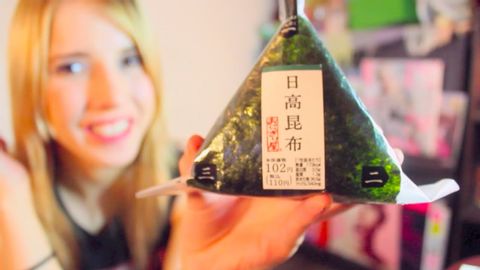
Subtitles & vocabulary
ALL ABOUT: ONIGIRI この動画でおにぎりについて6分以上語るよ
00
林宜悉 posted on 2021/07/23Save
Video vocabulary
fatigue
US /fəˈtiɡ/
・
UK /fəˈti:g/
- Uncountable Noun
- Breaking due to being moved or bent many times
- Being very tired
- Transitive Verb
- To cause someone or something to become very tired
B2
More tricky
US /ˈtrɪki/
・
UK /'trɪkɪ/
- Adjective
- Difficult, so needing skill to do or deal with
- Likely to use tricks; dishonest or deceptive
A2
More common
US /ˈkɑmən/
・
UK /'kɒmən/
- Noun (Countable/Uncountable)
- Area in a city or town that is open to everyone
- Field near a village owned by the local community
- Adjective
- Shared; Belonging to or used by everyone
- Typical, normal; not unusual
A1
More wrap
US /ræp/
・
UK /ræp/
- Countable Noun
- Piece of clothing worn loosely on the shoulders
- Thin bread filled with food and rolled
- Transitive Verb
- To be or move around something
- To cover something with paper or a cloth e.g. gift
B1
More Use Energy
Unlock All Vocabulary
Unlock pronunciation, explanations, and filters
